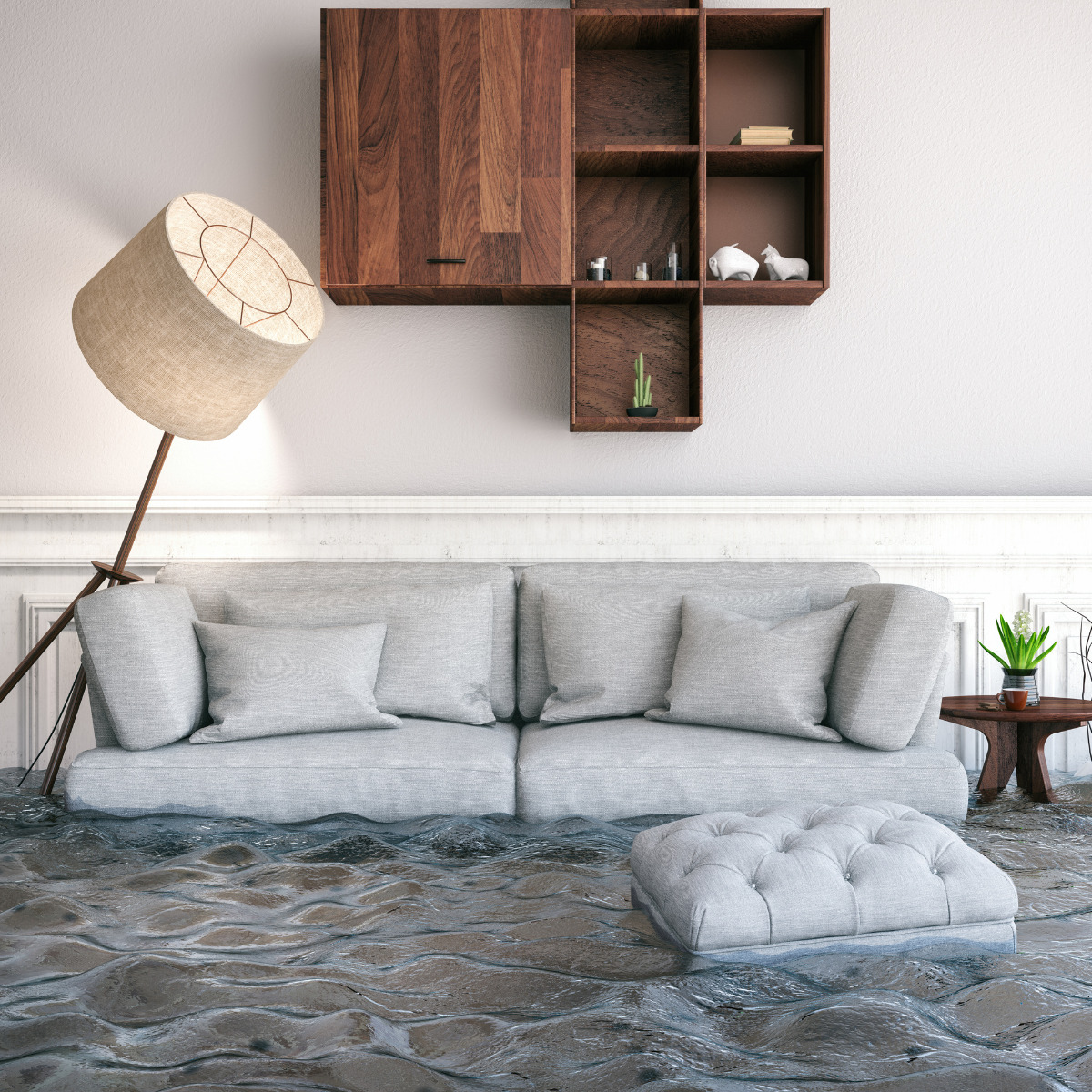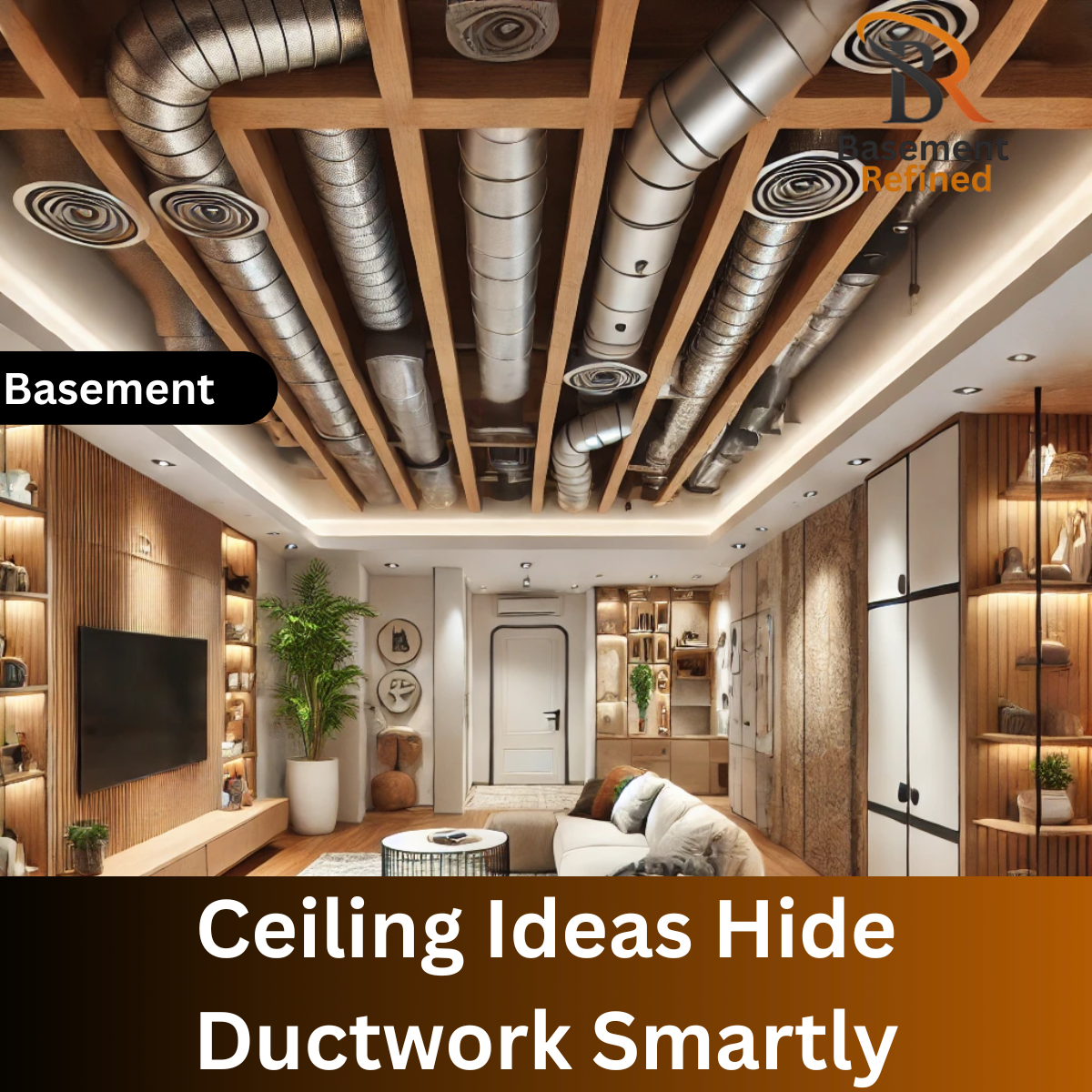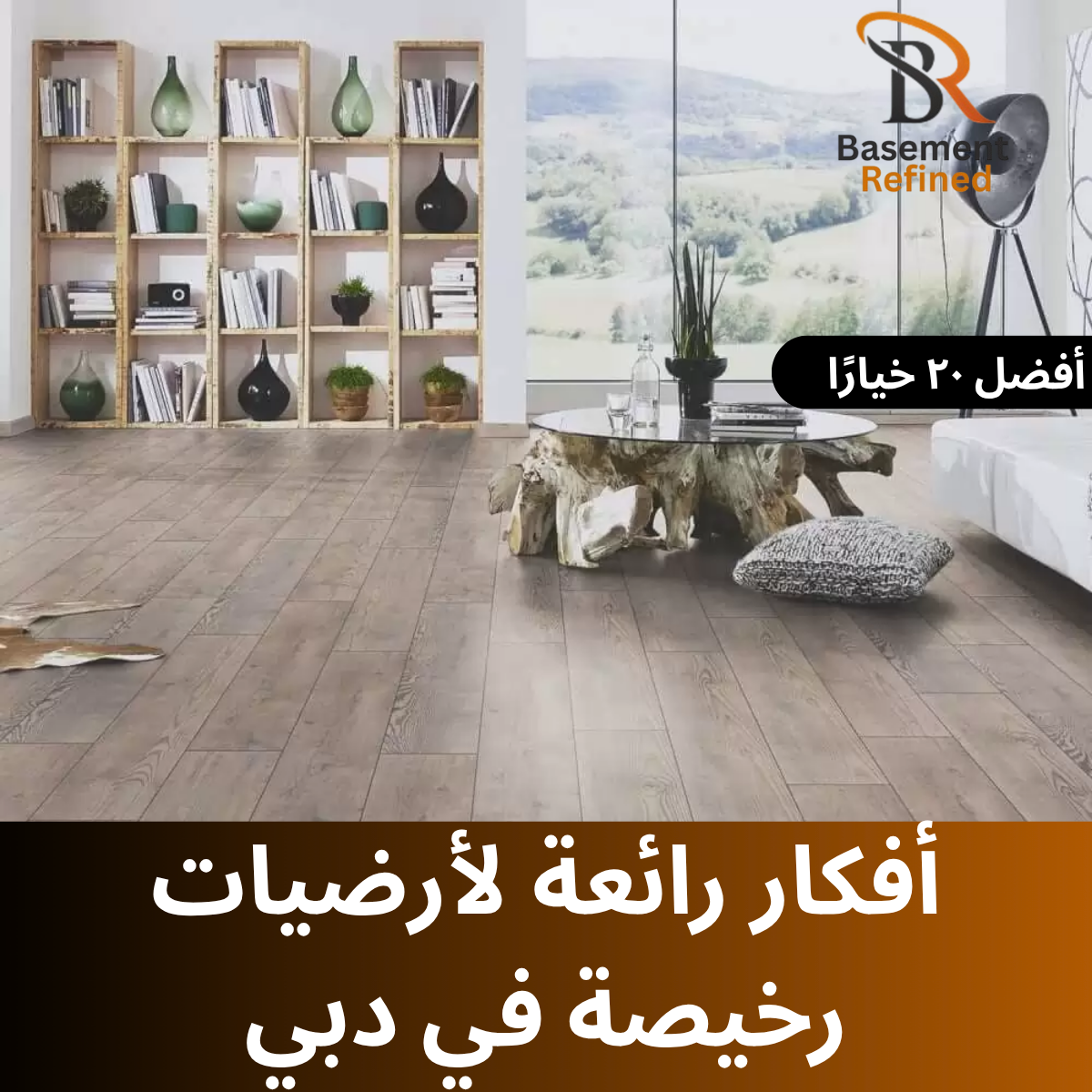Opening Hook
When Ahmed moved into his new beachside apartment in Dubai, he proudly furnished it with stylish wooden chairs and a sleek dining table. Within just six months, however, the salty air and constant humidity had left the wood swollen, warped, and full of ugly patches. His excitement turned into frustration—and a hard lesson in the importance of choosing the right furniture materials.
Moisture is one of the biggest enemies of furniture. From coastal cities like Karachi and Dubai to homes with damp basements or kitchens full of steam, excessive humidity can quietly ruin even the most expensive pieces. The good news? Choosing moisture-resistant furniture materials can save you money, stress, and heartache in the long run. Let’s explore the smartest options that not only fight moisture damage but also stand the test of time.
The Silent Enemy: How Moisture Damages Furniture
Before diving into solutions, it’s important to understand the problem. Moisture doesn’t just make furniture “wet.” Over time, it causes swelling, warping, mold growth, and unpleasant odors. For wooden furniture, water seeps into the pores, making it expand and eventually crack. Metal pieces can corrode, while fabrics may harbor mildew.

Think of furniture as an investment. Just as you wouldn’t buy a car that rusts in six months, you shouldn’t bring home furniture that can’t handle your living environment.
Read More: How to Keep Documents Safe from Basement Dampness
Solid Teak Wood: Nature’s Armor Against Moisture
One of the best-known options for moisture-resistant furniture is teak wood. For centuries, teak has been used in shipbuilding precisely because it resists water like a champion. Its natural oils make it less prone to swelling, rotting, or attracting insects.
For instance, in coastal homes of Southeast Asia, families pass down teak furniture for generations. A single dining table or cabinet made from teak can last decades with minimal care. While it’s more expensive than other woods, it’s worth every dirham if you live in a humid environment.
Pro Tip: Even though teak is naturally strong, occasional oiling helps maintain its sheen and durability.
Read More: Theater Room Seating Layout Guide
Engineered Woods: The Smarter Alternative
In contrast to solid wood, engineered woods like plywood and MDF (medium-density fiberboard) often perform better in humid conditions—provided they’re treated properly. Plywood, in particular, is layered in a cross-grain pattern, making it more stable and less likely to warp.
A friend of mine in Lahore once replaced her kitchen cabinets with regular solid wood, only to watch them puff up and peel within a year due to steam from constant cooking. She later switched to marine-grade plywood, which is treated to resist moisture, and hasn’t looked back since.
Key Insight: Always check for boiling water-resistant (BWR) or boiling waterproof (BWP) labels on plywood if you’re planning to use it in kitchens, bathrooms, or basements.
Read More: Filters That Work Best in Humid UAE Climate
Stainless Steel: Sleek, Modern, and Practically Indestructible
If you want furniture that laughs in the face of moisture, stainless steel is a top choice. It doesn’t rust easily, is incredibly durable, and adds a modern, industrial touch to interiors. Many professional kitchens worldwide rely on stainless steel for counters, shelves, and trolleys because they’re hygienic and easy to clean.
Imagine this: your dining chairs not only survive a spilled glass of water but also resist the humid summers without a spot of rust. That’s the stainless steel advantage.
However, stainless steel can sometimes feel too “cold” for home spaces. Pairing it with wood or cushioned upholstery strikes the right balance between comfort and practicality.
Read More: Where to Place TVs & Consoles in Basement Rooms
Wicker and Rattan: But Choose Synthetic Versions
Traditional wicker and rattan furniture look gorgeous in patios and sunrooms, but here’s the catch—natural versions absorb moisture and eventually rot. That’s where synthetic wicker or resin rattan comes in.
These alternatives mimic the beauty of natural rattan but are woven from polyethylene resin, making them resistant to moisture, UV rays, and mildew. A family in Karachi once swapped their traditional cane chairs with synthetic rattan, and years later, the furniture still looks as charming as the day they bought it.
Read More: Survey Report & Land Measurement Before Basement Work
High-Pressure Laminates (HPL): Durable and Stylish
Another fantastic material for cabinets, countertops, and shelving is high-pressure laminate (HPL). Created by fusing layers of kraft paper with resin under high heat and pressure, HPL is resistant to scratches, stains, and—most importantly—moisture.
For instance, in offices and modern apartments across Dubai, HPL is a popular choice for wardrobes and kitchen cabinets. Not only does it resist warping, but it also comes in endless textures and colors, giving you flexibility in design without compromising on durability.
Read More: Emergency Lighting Setup for Power Outage
Moisture-Resistant Fabrics: Because Upholstery Matters Too
We often focus on wood and metal, but what about the cushions and upholstery? Fabric furniture is particularly vulnerable to moisture, leading to moldy smells or ugly stains.

To combat this, many homeowners are now turning to moisture-resistant fabrics such as microfiber, treated cotton, or even outdoor-grade materials. These fabrics are designed to repel water and dry quickly, making them perfect for sofas in humid homes or outdoor patio seating.
A neighbor once regretted buying a plush velvet sofa for her coastal home—it became a breeding ground for mildew. After replacing it with microfiber upholstery, she noticed not only less odor but also easier cleaning.
Read More: Basement Office Ideas – 11 Stylish Work From Home Spaces
Glass and Acrylic: Unexpected Heroes
Glass and acrylic may not be the first materials that come to mind, but they’re surprisingly moisture-resistant. A glass coffee table won’t warp in humidity, and acrylic shelves are lightweight, water-resistant, and modern-looking.
Furthermore, these materials are excellent for smaller spaces because they add a sense of openness while staying durable against moisture.
Read More: Emergency Ventilation Setup for Basement Bedrooms
Smart Maintenance: Because Even the Best Materials Need Care
Even the most moisture-resistant materials need a little TLC to last a lifetime. Simple habits can make a huge difference:
- Ventilation is Key: Use dehumidifiers or open windows regularly to reduce indoor moisture.
- Regular Cleaning: Wipe furniture with a dry or slightly damp cloth to prevent buildup.
- Protective Coatings: For wood, consider varnishes or sealants that add an extra moisture barrier.
- Elevate Furniture: Especially in basements, keep furniture slightly raised to avoid direct contact with damp floors.
Read More: Japanese Zen Basement Design Inspiration
Real-Life Story: A Tale of Two Kitchens
To highlight the difference materials make, let’s look at two kitchens.
In one Karachi household, the family installed solid wood cabinets because they loved the classic look. Within two years, the doors had swollen, the hinges loosened, and the cabinets began smelling musty.
In contrast, another family just a few blocks away opted for BWP plywood cabinets laminated with HPL. Ten years later, their kitchen still looks modern, clean, and sturdy. The only difference? The choice of moisture-resistant materials.
Read More: Homeowners’ Rights: When Municipality Rejects Your Plan
Closing Thoughts
Furniture isn’t just about aesthetics—it’s about endurance. Strange odors, warping wood, and rusty corners are not inevitable; they’re simply the result of choosing the wrong materials for the wrong environment.
By investing in moisture-resistant options like teak, marine-grade plywood, stainless steel, synthetic rattan, HPL, and specialized fabrics, you’re not just buying furniture—you’re buying peace of mind.
So next time you’re furnishing a kitchen, a coastal home, or even a basement apartment, remember Ahmed’s warped dining table. Choose materials that can stand up to moisture, and you’ll have furniture that doesn’t just look good today, but lasts a lifetime.
🏗️ Basement Project Calculator
Latest Post
-
Basement Ceiling Ideas Hide Ductwork Smartly
Opening Hook Imagine walking into your basement in Boise, Idaho—where the ceiling is so low that you brush your head on the joists—and noticing a sleek, well-designed backdrop above you instead of exposed ductwork and pipes. That difference, thanks to smart basement ceiling ideas, transforms a cramped, unfinished area into a welcoming space for movie…
-
أفكار رائعة لأرضيات رخيصة في دبي | أفضل ٢٠ خيارًا
تخيل زوجين شابين في شقة مريحة في مرسى دبي، يخطوان حافيي القدمين على أرضية أنيقة بلمسة خشبية. غرفة المعيشة تتلألأ بضوء مسائي خافت، والأرضية تحتها لا تزال تبدو جديدة تمامًا رغم سنوات من الاستخدام – وكل هذا بميزانية محدودة. هذه هي قوة اختيار أرضيات جميلة ورخيصة في دبي: الأناقة والتوفير في آن واحد. التركيز على…
-
Beautiful Cheap Flooring Ideas in Dubai | Top 20 Picks
Imagine a young couple in a cosy apartment in Dubai Marina, stepping barefoot onto a sleek, wood-look floor. The living room glows with soft evening light, the flooring beneath still looks brand-new despite years of use—and all this on a budget. That’s the power of choosing beautiful, cheap flooring in Dubai: style and savings in…



